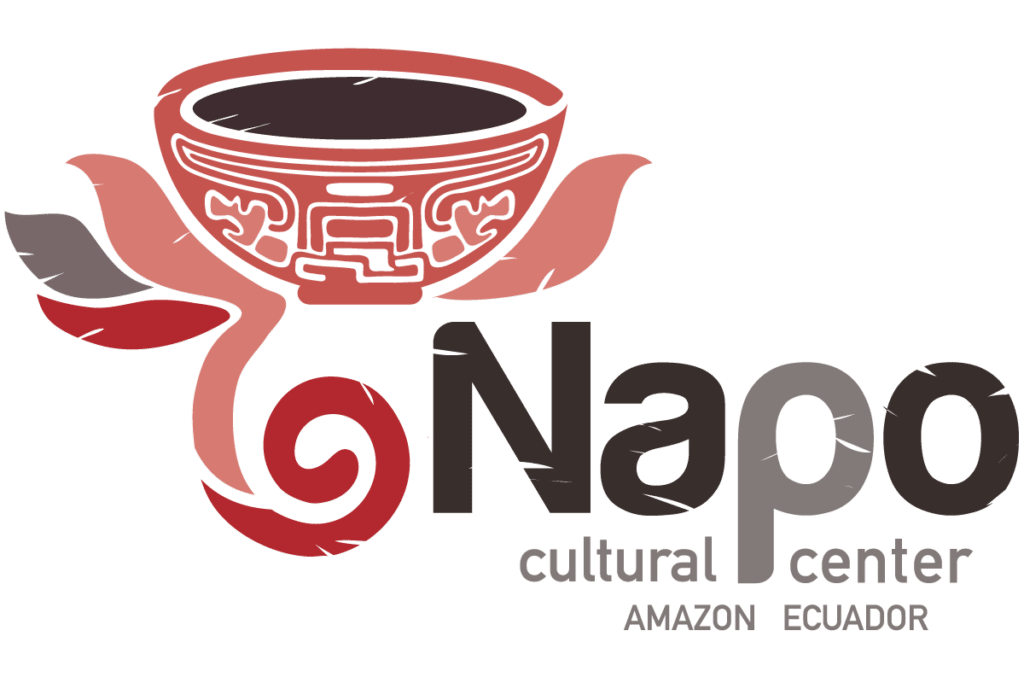July 31, 2024 Research, Wildlife News
Navigating the Amazon rainforest poses unique challenges, especially when many trails are flooded for over half the year. Even during the dry season, rivers remain the primary routes to reach remote jungle areas. The first indigenous residents of the Amazon ingeniously overcame these obstacles by crafting dugout canoes, a tradition that continues to this day.

The History of Dugout Canoes
Dugout canoes are one of the oldest known types of watercraft. Archaeological evidence shows that these simple yet effective vessels date back over 8,000 years to the Neolithic Stone Age. Throughout history, they have been used by various cultures worldwide, demonstrating their enduring utility and significance.
How Dugout Canoes Are Made
Selecting the Right Tree
The process of making a dugout canoe begins with selecting the right tree. In the Amazon, indigenous communities have a wealth of trees to choose from. The chosen tree must be thick enough to accommodate the navigators and durable enough to withstand the rigors of river travel.
Cutting Down the Tree
Felling the tree is a particularly challenging task, as ideal trees for dugout canoes can weigh hundreds or even thousands of pounds. The size of the canoe will vary depending on the number of passengers it needs to carry. Even single-passenger canoes can be large and unwieldy at first.
De-Barking the Tree
Once the tree is felled, it must be de-barked immediately to prevent the sap from re-adhering the bark to the trunk. This step is crucial for preparing the tree for carving.
Carving and Digging
Carving and digging are what transform the tree trunk into a canoe. Traditionally, indigenous craftsmen used fire to help hollow out the log. They would burn the interior and then scrape out the charred wood. Today, metal tools are often used to carve and smooth the canoe, but some communities still employ traditional methods.
Traditional Techniques
Before metal tools were introduced, tribes would burn the trees at the base to fell them and use fire for crafting and digging out the canoe. These time-honored techniques are still in use today in some indigenous communities, preserving their cultural heritage.
Experience the Craftsmanship at Napo Cultural Center
Visitors to the Napo Cultural Center have the unique opportunity to witness this ancient craft firsthand. A visit to a local indigenous community may include a demonstration of how dugout canoes are made and navigated. This immersive experience offers a deeper understanding of the skill and knowledge passed down through generations.
Demonstrations and Navigation
During your visit, you might see artisans selecting the right tree, skillfully carving it into a canoe, and navigating the waterways. These demonstrations provide insight into the practical and cultural importance of dugout canoes in the Amazon.
Conclusion
Dugout canoes are a testament to the ingenuity and resilience of the Amazon’s indigenous communities. They represent a vital aspect of life in the rainforest, enabling navigation and exploration of this vast and diverse ecosystem. By preserving these traditional practices, we honor the rich cultural heritage of the Amazon’s first inhabitants.




